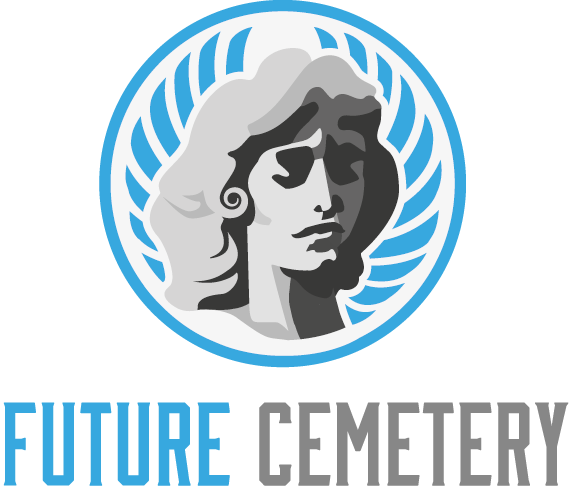The Bureau licenses and regulates funeral establishments, funeral directors, embalmers, apprentice embalmers, cemetery brokers, salespersons, cremated remains disposers, and crematories, as well as over 200 licensed private cemeteries in the state. The Bureau also investigates consumer and licensee complaints. It advocates consumer protection and licensee compliance through proactive education and consistent interpretation and application of the laws governing death care.
Licenses
The funeral industry is regulated by various agencies, including the Federal Trade Commission’s Funeral Rule, which requires that consumers be given accurate itemized price information. Those making funeral arrangements are often under great emotional duress, and may not have many other sources of information. This makes it important that consumers are protected.
In New York, only licensed funeral directors can arrange for the care, transport, preparation, burial or cremation of a deceased person. They must also file a death certificate and transfer the body to the cemetery or crematory.
The funeral service profession requires a high level of education, and those interested in becoming a mortician or funeral director should take the time to find a program that meets their needs. A reputable mortuary science program will include courses in psychology, business law, funeral service merchandising and embalming. It will also require students to pass a state licensing examination and complete an apprenticeship.
Regulations
Mortuary science programs provide a comprehensive education that prepares students for the demanding field of funeral services. They cover topics like microbiology, human biology, and embalming, and they also teach students how to deal with grief and provide emotional support for families. While this career can be stressful, it is also incredibly rewarding. The demand for qualified morticians is strong, and there are many opportunities to work in different types of funeral homes.
The state regulations for funeral homes require that a licensed director or undertaker, registered resident, or funeral firm be present at all times during the transfer or removal of a dead human body. This includes the transport to a cemetery, crematory, or vault. In addition, a funeral home must give you a General Price List that lists the prices of all merchandise and services it offers before you make your arrangements. The funeral home must also give you a casket price list before you see the actual caskets, and you can ask for a separate container price list if necessary.
Costs
There are several costs and expenses associated with running a funeral home. These include funeral services, caskets, service cars and the purchase of memorial items. However, there are many ways to manage these costs and increase profit. One way is to offer pre-planning options, which help families save money and make informed decisions.
Another way to save money is to use a third party for certain funeral items. This can save you thousands of dollars. In addition, more and more people are deciding to cover their own funeral expenses in advance, to relieve the financial burden from their loved ones upon death.
The Funeral Rule requires funeral homes to disclose their prices on a General Price List (GPL). They must also tell you the cost of any caskets or alternative containers they sell, as well as the cost of any cemetery charges for outer burial containers or vaults. The funeral home must also explain any legal requirements imposed by the cemetery or crematory that require the purchase of specific funeral goods or services.
Profits
The funeral industry has attracted the attention of private equity firms seeking out stable businesses with solid margins. These firms are also investing in the death care market, hoping to take advantage of aging baby boomers and high demand for end-of-life services. These acquisitions are increasing competition among funeral homes and pushing prices up, even in areas with few competing competitors.
The profitability of a funeral home is dependent on service volume and operational efficiency. Higher-performing funeral homes report net profit margins of up to 30%, with premium pricing power driving consistent revenue growth. These high margins are based on strategic positioning, efficient operations, and strong community relationships.
In addition to providing quality customer service, funeral homes can improve profitability by adding high-margin ancillary services, such as casket and vault upgrades, memorial videos, printed programs, and keepsake jewelry. These additional services can increase profits by up to 50% and improve family satisfaction. Also, funeral homes can reduce overhead costs through technological adoption and cost reduction strategies.
